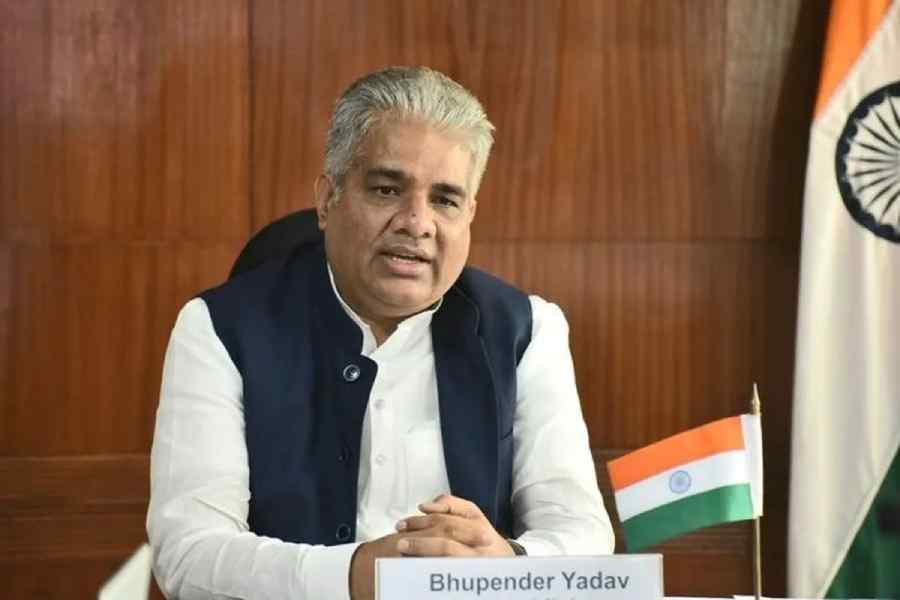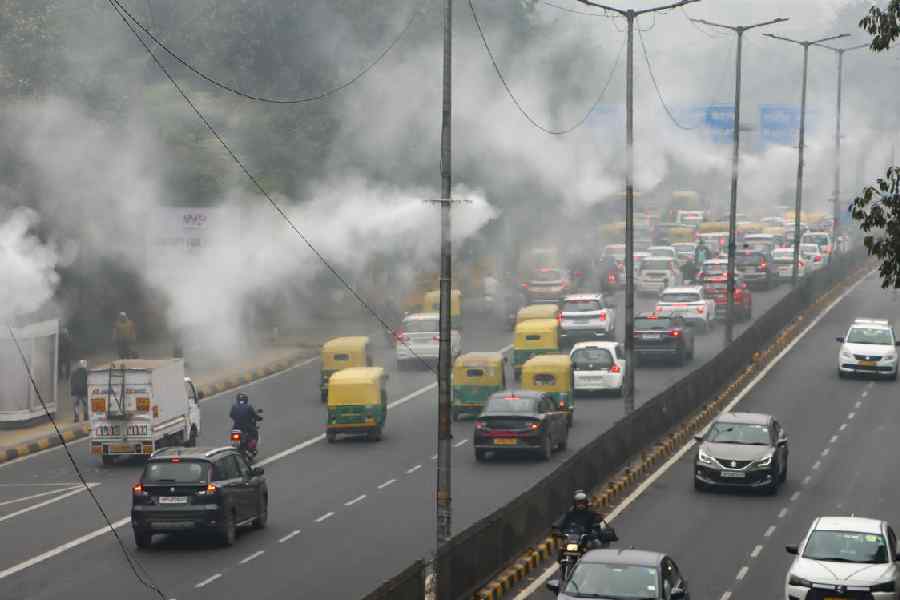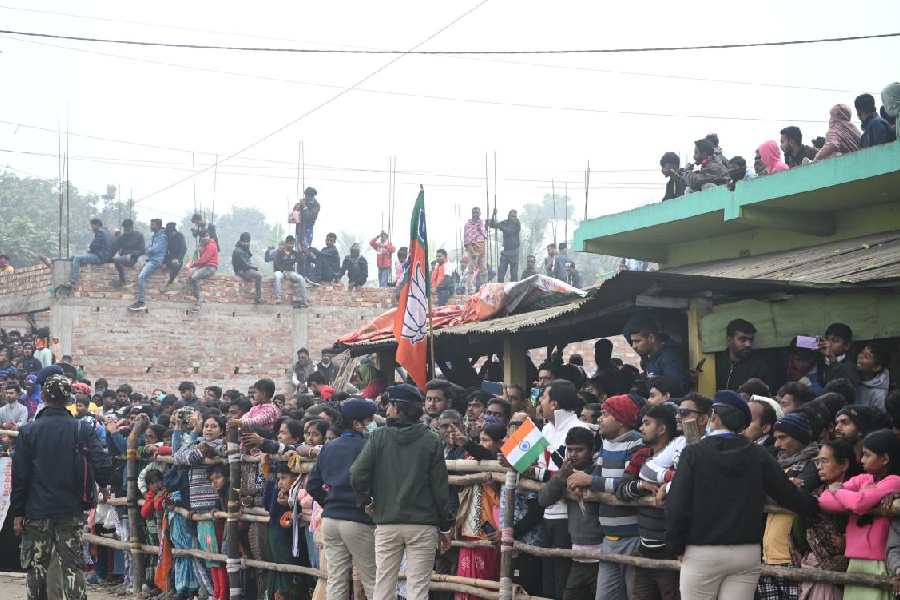 |
Patna, July 2: The lull in monsoon this year has set off the alarm for farmers involved in kharif crop production in Bihar with experts warning that the situation could turn “disastrous” if it does not rain within the next few days.
Amid soaring prices of vegetables, most farmers involved in kharif crop production face the problem of drying up of seedlings. Their eyes are on the skies: rains would help seedlings survive or start the transplantation stage.
“Looking at the movement of the clouds after the monsoon arrived in the state in mid-June, many farmers were encouraged to sow the paddy seedlings. However, the farmers, especially those who went for short-and-medium duration paddy varieties, are facing a serious problem now,” said Sudhanshu Kumar, a farmer in Samastipur.
“The seedlings are on the verge of dying because of extreme low moisture content in the soil. As majority of the farmers, including the landless and marginal tillers, do not have access to irrigation, they are now helpless in the absence of rainfall. Moreover, irrigating the paddy fields is not financially viable for the farmers. A single spell of irrigation over a farm land spread over one bigha (0.62 acre) requires 800 litres (lt) of water and 50 to 60lt of diesel for running the water pumps for eight to 10 hours.”
“The paddy transplantation stage is also getting delayed in the absence of rainfall because good and continuous downpour is required in the transplantation stage,” he said.
According to estimates of the United Nations, farmers need 2,000lt of water on an average to produce 1kg rice. The requirement of water is more in the transplantation stage than during sowing. Though kharif crops are grown in both irrigated and rain-fed conditions, most farmers in the state claim that irrigation sources cannot replace monsoon rainfall in case of paddy cultivation.
“We consider rain water more nutrient than the irrigation water. Even if we irrigate fields, the prevailing high temperature causes the seeds to wilt. Moreover, irrigating the paddy farms is financially viable only for well-off farmers. It is because of such factors that most early seedlings in Rohtas are on the verge of dying. We are making them survive using whatever resources available with us,” said Yashwant Kumar Singh, a farmer from Rohtas. He has sown paddy seedlings in his fields spread over eight acre.
“The transplantation of paddy saplings starts from June 1 and there is no hope of rainfall till date. Transplantation stage requires watering three times a day, which makes for knee-deep water, and that is only possible with good monsoon. Another favourable condition associated with good monsoon during the transplantation stage is normalisation of temperature, as the prevailing high temperature would obstruct the germination of seeds. Thus, if it does not rain within the next week, it would be disastrous for the tillers involved in paddy crop farming in the state,” said Singh.
India Meteorological Department claimed that the monsoon trough line is oscillating back to its original position (Jharkhand-Bihar-Bengal-Bay of Bengal) from its earlier spot in the foothills of the Himalayas.
“One of the major reasons for the lull in monsoon in Bihar and the neighbouring states was the stagnant position of the trough line at the foothills of Himalayas. However, the line is now shifting to its ideal position. This would lead to below normal to normal rainfall in Bihar,” said Ashish Sen, director (radar) of IMD-Patna.











